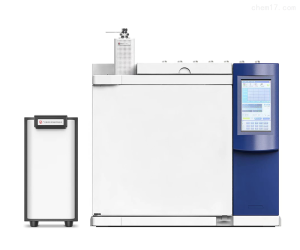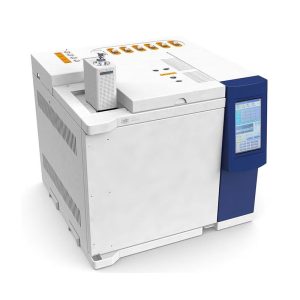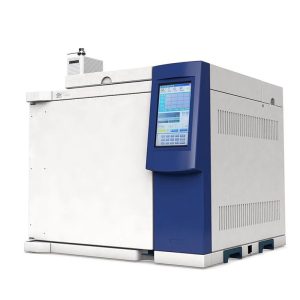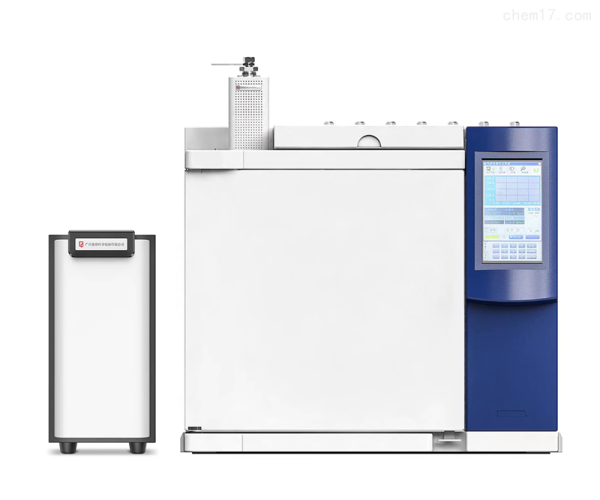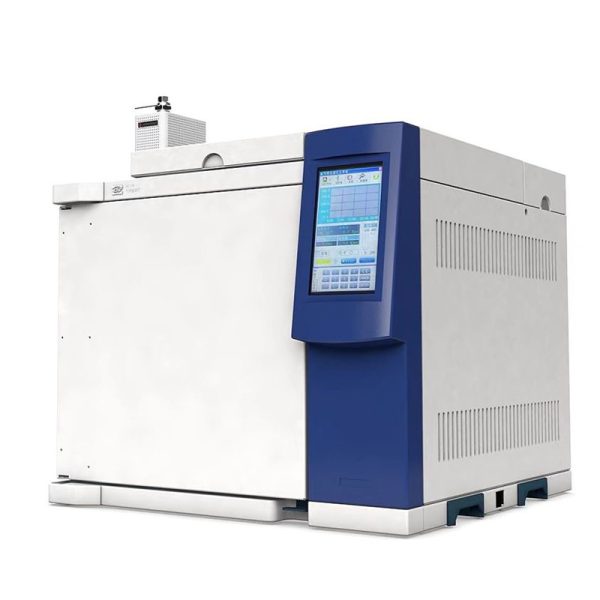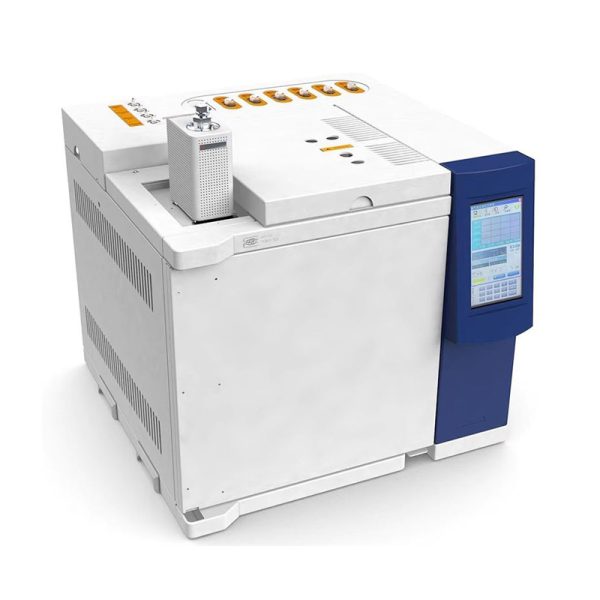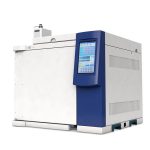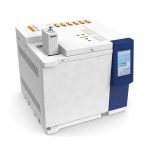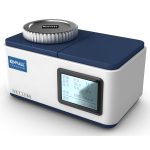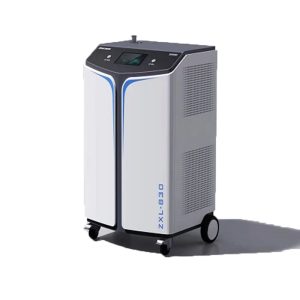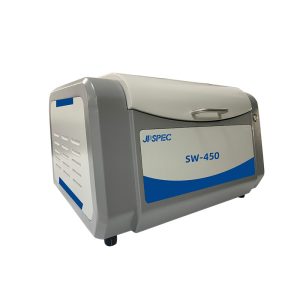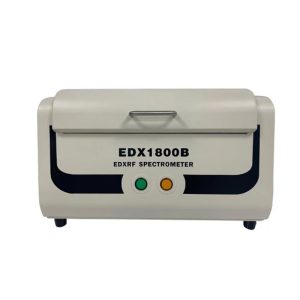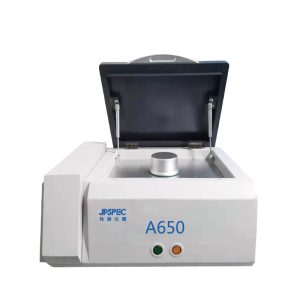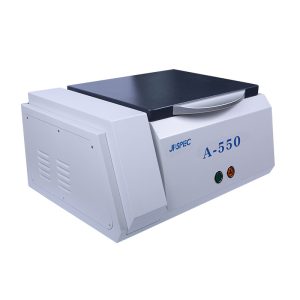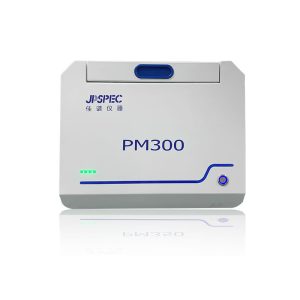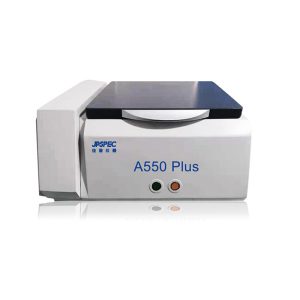TP30SN Gas chromatograph for cement siloxane pyrolysis
- Tanım
- Sorgu
Tanım
TP30SN cement siloxane pyrolysis Gas chromatograph
TP30SN Gas chromatograph for cement siloxane pyrolysis
In different regions and climatic environments, concrete buildings will encounter different erosion and damage, such as high-performance concrete structure protection of port and wharf, Marine concrete protection of cross-sea bridge, concrete structure protection of viaduct, highway bridge, railway bridge, tunnel concrete structure protection. Airport runway concrete structure protection, clear concrete structure protection, thermal power, nuclear power plant concrete structure protection and so on. As an effective concrete protection material, silane can provide long lasting protection for concrete. Silanın beton yüzeyinde oluşturduğu koruyucu tabaka, su ve klorür iyonlarının istilasını etkili bir şekilde önleyebilir, böylece çelik çubuğun korozyona uğraması sağlanır; Beton karbonizasyonunun oluşmasını önleyebilir; Aynı zamanda, Donma-çözülmenin betona vereceği zarar büyük ölçüde azaltılabilir.
Beton silan emprenye etme ve koruma teknolojisinin prensibi, silanın özel küçük moleküler yapısını beton yüzeyine nüfuz etmek için kullanmaktır., betonun iç kısmına birkaç ila on milimetre kadar nüfuz edebilir, beton yüzeyinin derin katmanına nüfuz eder, beton kılcal duvarına dağıtın, ve en küçük kılcal damar duvarına bile ulaşabilirsiniz, ve kimyasal reaksiyonun tabanındaki havanın ve suyun asidik ve alkali ortamına maruz bırakılır, Polymerization to form a network of crosslinked silicone macromolecule hydroxyl groups. These hydroxyl groups will be condensed with the base and itself, resulting in glue bonding, accumulation, curing combined in the inner wall and surface of the capillary hole, forming a strong, rigid and flexible anticorrosive permeable water repellent layer. Because it will not block the porosity, it can maintain the air permeability of the substrate. By counteracting the forced suction of capillary pores, silane concrete protective agent can prevent water and soluble salts, such as chlorine salt infiltration, effectively prevent the substrate due to water seepage, sunshine, acid rain and seawater erosion of concrete and internal steel structure corrosion, loose, cilt temizleme, mildew caused by the disease, there is a good UV resistance and oxidation resistance, It can provide long-term and lasting protection and improve the service life of buildings.
After waterproof treatment, the substrate forms a surface tension much lower than water, and produces capillary inverse pressure phenomenon, and does not block the capillary pores, both waterproof and maintain the “breathing” of the concrete structure. Aynı zamanda, the silicone polymer formed by the chemical reaction is organically combined with the concrete as a whole, so that the substrate has a certain toughness, can prevent the cracking of the substrate and make up for the crack of 0.2mm. When the waterproof surface is damaged due to abnormal reasons (such as external force), the silane on the damaged surface continues to react with water, so that the waterproof layer on the damaged surface has self-repair function. In addition to its hydrophobicity, the silane concrete protectant is not damaged by the alkaline environment of the newly poured concrete. In contrast, alkaline environments, such as freshly poured concrete, stimulate the reaction and accelerate the formation of repulsive surfaces. In theory, silane can last as long as concrete, and the stronger the concrete, the longer it will last.
Standarda göre: JTS153-2015 “Water Transport Engineering Structure Durability Design Standard”; JTJ275-2000 “Harbor Engineering Concrete structure surface coating anti-corrosion technical code”; JTT695-2007 Technical Specification for anticorrosive coating of Concrete Bridge Structure.
En azından 3 days after the last silane spraying, a core sample of approximately 50 mm in diameter and 40±5 mm in depth was drilled. Split the core sample at a concentration of 3-4mm (concrete with strength grade ≤C45) or 2-3mm (concrete with strength grade ≥C45) away from the original surface. Several powder samples were taken from the newly exposed surface of the core sample. The powder samples were decomposed into plasma gas by thermal decomposition. The average percentage of silane in the weight of the cement slurry powder samples was obtained by gas chromatograph (RY-100A+GC-2020/2030). The percentage of silane in the impregnation area shall not be less than 0.1% of the weight of the cement slurry powder.
TP30SN Gas chromatograph for cement siloxane pyrolysis
Pyrolysis gas chromatography, also known as cracking gas chromatography, is to make large molecular substances (such as polymers, biochemical samples) in the pyrolyzer heated to a few hundred or higher temperature, küçük moleküler parçalara hızlı piroliz, ve analiz için doğrudan gaz kromatografına.
Uçucu ürünlerin bileşimi ve bağıl içeriği yapıya karşılık geldiğinden, ölçülen maddenin bileşimi ve özelliği, her maddenin pirolitik kromatogramı belirli piroliz koşulları altında kendine has özelliklere sahiptir, buna parmak izi pirolitik spektrumu denir. Polimer bileşiklerinin türlerini tanımlamak ve karışımlardaki bileşenleri niteliksel ve niceliksel olarak analiz etmek için kullanılabilir.. Piroliz gaz kromatografisi, polimer bileşiklerinin mikro yapısını belirlemek için bir test aracı olarak da kullanılabilir., polimerizasyon sürecinin ve ayrışma sürecinin kinetik mekanizması, ve termal kararlılıklarını araştırmak için.
The pyrolysis spectra vary with different experimental conditions. In order to obtain repeatable and comparable pyrolysis spectra in different laboratories, the following three parameters are crucial: The time required to heat the sample to a predetermined pyrolysis temperature. Materials for parts in contact with the sample. At the pyrolysis temperature, some substances (such as quartz and iron) produce catalysis, which will change the distribution of pyrolysis products. Platinum and gold are commonly used materials for pyrolyzers. The volume of the product of the pyrolyzer should be as small as possible, and can immediately enter the carrier air, and keep at a uniform temperature. The commonly used pyrolyzers are: tube pyrolyzer; Hot wire pyrolyzer; Curie point pyrolyzer; Laser pyrolyzer.
Pirolitik kromatografi, gaz kromatografisinin eksikliklerinin üstesinden gelebilir. Polimerlerin analizi için uygundur, biyomakromoleküller, Mikroorganizmalar ve yüksek kaynama noktalı organik bileşikler. Kopolimerizasyon bileşimi de belirlenebilir; Karışımları ve kopolimerleri ayırt edin; Polimerlerin moleküler ağırlığını belirlemek için bazı polimerlerin uç grupları belirlendi.. Bazı polimerlerin zincir yapısı belirlendi ve termal stabiliteleri belirlendi, yaşlanma direnci, polimerlerin işlenmesi ve diğer özellikleri incelendi. Ek olarak, tıpta da kullanılabilir, biyoloji ve diğer alanlar.
